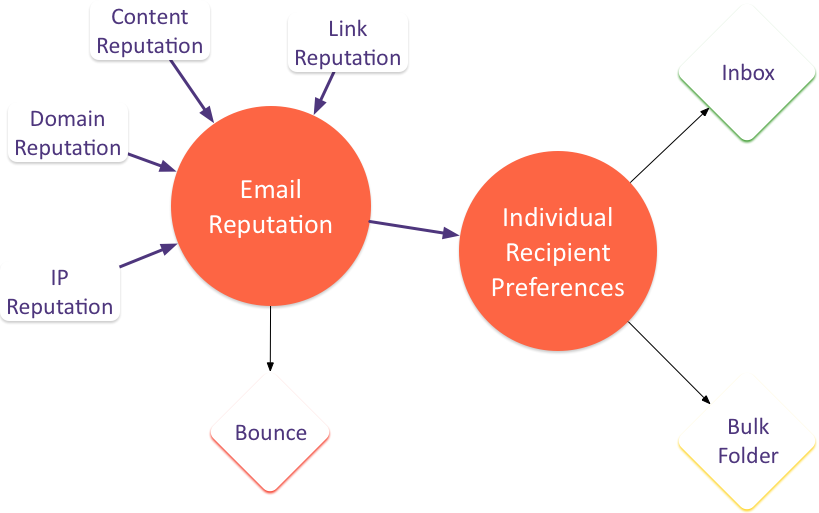August was a busy month for both Word to the Wise and the larger world of email infrastructure.

A significant subscription attack targeted .gov addresses, ESPs and over a hundred other industry targets. I wrote about it as it began, and Spamhaus chief executive Steve Linford weighed in in our comments thread. As it continued, we worked with M3AAWG and other industry leaders to share data and coordinate efforts to help senders recover from the attack.
In the aftermath, we wrote several posts about abuse, blocklists, how the industry handles these attacks currently, and how we might address these issues going forward. And obviously this has been on my mind before this attack — I posted about ongoing problems with internet security, how open subscription forms contribute to the problem, and other ways that companies inadvertently support phishing operations.
I posted about the history of email, and recounted some of my earliest experiences, when I had a .bitnet and a .gov address. Did you use email before SMTP? Before email clients? I’d be curious to hear your stories.
Speaking of email clients, I did two posts about how mail gets displayed to the end user: Gmail is displaying authentication results, which should provide end users with a bit more transparency about how authentication is used to deliver or block messages, and Microsoft is partnering with Litmus to improve some of the display issues people face using Outlook. These are both notable — if this is not your first time reading this blog, you know about my constant refrain that delivery is a function of sending people mail they want to engage with. If the mail is properly formatted and displayed, and people have a high degree of confidence that it’s been sent from someone they want to get mail from, that goes a long way towards improving engagement in the channel.
On that note, I spoke at length with Derek Harding about how marketers might change their thinking on deliverability, and he wrote that up for ClickZ. I also participated in the creation of Adobe’s excellent Teaching the Email Marketer How to Fish document (no, not phish…).
Steve was very busy behind the scenes this month thinking about abuse-related topics in light of the SBL issues, but he wrote up a quick post about the Traffic Light Protocol, which is used to denote sensitive information as it is shared.
Finally, for my Ask Laura column this month, I answered questions about delivery and engagement metrics and about permissions with purchased lists. As always, if you have a general question about email delivery, send it along and I’ll consider it for the column.
Read More


